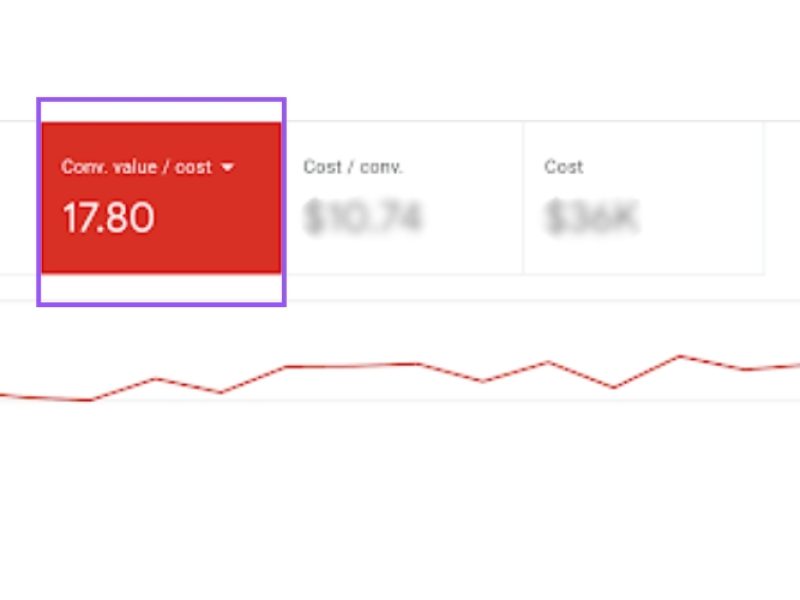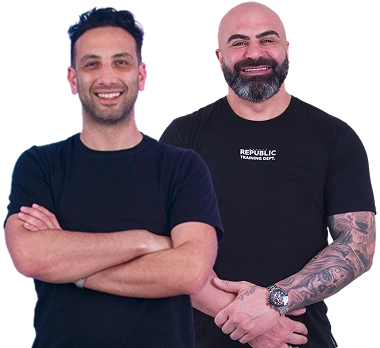When you’ve read this detailed article you will be able to complete all of the steps required to effectively manage a Google AdWords Campaign.
Steps to Manage Google AdWords Campaign
1. Research
As a business owner, when investing in an Ad Words campaign, or any online marketing, it’s important to remember that Ad Words is an advertising tool. Before you can advertise you need a marketing strategy.
The marketing strategy will be the main aspect of what will make or break the success of your campaign.
With a powerful marketing strategy, you will have a clear understanding of:
– your unique selling proposition
– your target market
– your average customer lifetime value
– market positioning and pricing
– credibility and social proof
– objectives and desired outcomes
– targets
This will help guide you when building your PPC campaign ad texts, callouts, landing pages and ad extensions. Likewise, the research performed will help you gain valuable insights into your market competition and the expected return on investment.
Here are some tools that are very useful and will help you gain insights into your competitors’ efforts.
Semrush will give you a host of keywords your competition is currently targeting on Google as well some idea of their ad words advertising spend.
Another indispensable tool is Ad words Keyword Planner. This will offer you search metrics and the approximate cost per click for each keyword.
2. Strategise
The overall strategy of your campaign will depend upon your objective. Some campaigns are set up to build a list of subscribers that you can email and engage with over a period of time.
Others are set up to drive direct enquiries for services straight to your phone from people looking for quotes. E-commerce website again will have a different objective. To drive sales.
Having a clear understanding of your objective and how your marketing plan will help you achieve that objective through your advertising efforts on Ad words will make the whole process is a lot easier and more effective.
Your strategy can not be set in stone. Every strategy needs to be constantly tweaked as you gain insights through the stats on your campaign.
Use the metrics gained through your research of your competitors to guide you in or creation of your strategy.
Social Proof, Credibility and Compelling calls to action need to be your primary focus. People want to see that you are a safe choice, that other people have gone before them and had a positive experience, and that you have a watertight offer available.
3. Build campaign and landing pages
Create you Ad words campaign by going to Google’s Ad Words platform
The tool is user-friendly and will guide you setting up your first campaign. You can use the keyword planner to create campaigns and ad groups easily, with automatically generated lists of keywords in them.
Be very careful using this tool as it will create the lists of keywords in “Broad match”.
This means that your ads will be eligible to show for closely related searches that may or may not be very relevant to the products or services that you are selling.
If you want to learn more about match types and how they work you can go to Google’s description of them here:
Your landing page is as, if not more important than the campaign itself.
The landing page needs to facilitate the process of your prospect completing the objective you are setting out to achieve.
For example, the calls to action need to be prominent and irresistible, supported by a sleek design that offers social proof and credibility.
If you’re not sure how to set up your landing page you can use Instapage.
It’s a great piece of software that is easy to use and comes with templates already set up and proven to work. Again A/B testing is going to be imperative to the success of your campaign so make sure you use that feature in the software.
Here are some examples of successful landing pages:
https://instapage.com/blog/landing-page-examples
4. Integrate
Here are the tools that you will need to integrate into your campaign to ensure its maximum return.
Conversion tracking so you can accurately measure what your return is from your campaign.
Not only the sales / contacts / subscribers will be measured by doing this but also the keywords, ad groups, and ad texts, as well as the devices, demographics and time of day the provided these conversions.
Using this you can successfully measure the most successful components of your campaign and further improve the conversion rates.
You will also have to fight against click fraud. This can be done using tools such as ClickCease. Click fraud is a problem for most industries on Google AdWords. This is when a competitor of yours sees your ad come up above theirs and instead of raising their bids or improving quality score, they decide to target your ads and click on them a few times to see if that depletes your budget enough.
Click Cease and others like it can track the IP’s and devices that are clicking only our ads and automatically block them from seeing your ad any more. You can also set it to automatically request a refund from Google for irrelevant clicks as well.
5. Measure, Optimise and Test
Once you have had your paid search campaign running for long enough to gain statistical significance you can measure the results and optimise your campaign accordingly. The amount of time it will take for you to be able to do this will depend not the budget of your campaign, the cost per click for your industry and the nature of the campaign you are running.
If you have large ticket items and are relying on a lower amount of conversions to achieve your targeted ROI then you will need to wait longer than a business that has a high transaction rate for lower value sales.
The main criteria you will be aiming to impact is the CPA or cost per acquisition. The is the amount of money that has been spent on the campaign divided by the conversions achieved. Whether this is a phone call enquirer or product sold from an e-commerce website, the goal remains the same. Reduce the amount of money that needs to be invested in the campaign for you to achieve a conversion.
With our Adwords Management Services, our account managers find that most of the data is self-explanatory with any search campaigns. If you are running a campaign with 5 different ad groups in it, but only 1 of them is achieving a conversion rate below the amount your willing to spend on acquiring a new customer, it seems intuitive to turn off the 4 underperforming ad groups and funnel your total investment into the ad group with the lowest CPA.
In order to be sure that the other 4 ad groups are in fact not worth running at all, you need enough data, taking into consideration the specific product or service that you are targeting with these ad groups if they have variable earning potential per conversion.
If all of your ad groups are pointing to the same landing page it may be that the proposition is not congruent, and you need to build additional landing pages in order to increase the relevance specific to the ad groups overall message.
This is also a great time to experiment with different ad copy for search results, match types, schedule bid adjustments, and device analysis.
Regularly going through the search terms typed in before users have clicked on your ads will also ensure that you are not receiving irrelevant clicks due to loosely targeted campaigns with broad matched or phrase matched keywords.
Often it is useful to do some searches on Google and find a predetermined list of negative keywords that other people have developed for your specific industry. There are also the general generic keywords that most campaigns should have like, price, DIY, employment, courses, free, etc…
Never assume that you are getting the best results possible out of your pay per click advertising. With a little extra work, many campaigns have achieved double if not more the number of conversions from the same budget.
6. Remeasure, Optimise
Always stay on top of the changes you are making to your campaign. AdWords is an auction. This means that there are volatile variables that change drastically all the time on search engines.
Making a change to your campaign that improved the performance last week is great, but if you just set and forget the campaign assuming that you have managed to reach the pinnacle and that the results will last long term, without any kind of upkeep, they won’t.
Keeping a close eye on cost per acquisition, Click through rates and search queries will ensure that you are not tipping money down the toilet.
Often a new competitor will enter the market and potentially change the game completely. They can offer compelling propositions to your market that plummet your CTR and conversion rates in an instant. Look out for these and make sure that your calls to action are competitive for your market space at the time.
If you haven’t already, setting up a remarketing campaign to target previous visitors to your website will help you improve your conversion as well.
This will enable you to build an audience of previous website visitors and target them with custom designed banner ads on Google’s display network. You can create different ads and audiences depending on the pages visited or products purchased.
You can also follow shopping cart abandoners, converters and non-converting visitors around the internet on websites listed on Google’s display network. This network includes YouTube, News sites, E-bay, Gumtree and a whole range of other very popular websites.
Conclusion
Every campaign has conversion rates, at every level of the funnel. You may receive 100 enquiries through your campaigns landing page/s. Not all of them are going to become paying customers. To make the most of your advertising dollar and bring in more customers, set up an e-mail sequence to stay in touch automatically with enquirers that did not buy for whatever reason. Setting up an email marketing campaign that sends an email every week for 3 months after anyone enquiries with your business, especially for service-based businesses, has improved ROI on average of 30% for the campaigns I run.
If you would like some assistance with setting up a new campaign, managing an existing campaign, or training on running your own campaign, don’t hesitate to call me on 02 9418 0102 and I’ll be more than happy to go through everything with you.
William Polson
Google Adwords Manager
Expert with 10 years experience
+612 9418 0102




